The Physics of Quantum Mechanics in Quantum Imaging
Introduction
Quantum mechanics, the fundamental theory in physics that provides a description of the physical properties of nature at the scale of atoms and subatomic particles, has a profound influence on the field of imaging. This article delves into the physics of quantum mechanics in quantum imaging, a rapidly evolving field that exploits quantum correlations and quantum entanglement to achieve imaging with unprecedented resolution and sensitivity.
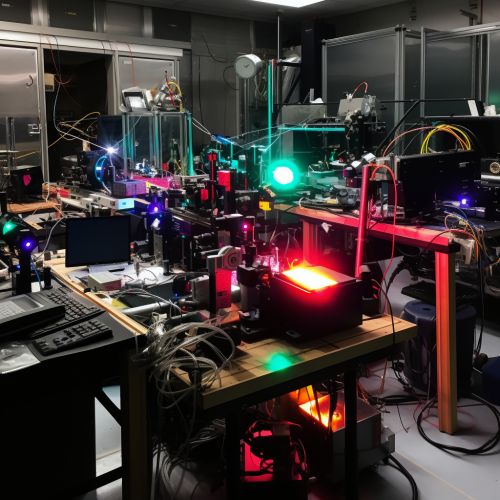
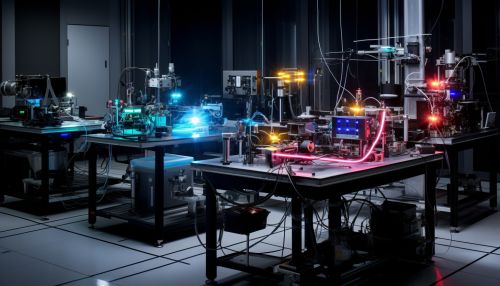
Quantum Mechanics: A Brief Overview
Quantum mechanics is a branch of physics that deals with phenomena on a very small scale, such as molecules, atoms, and subatomic particles like electrons and photons. It is a fundamental theory in physics that describes how these particles behave and interact with each other. Quantum mechanics differs from classical physics in that it introduces the concept of wave-particle duality, which suggests that all particles also have properties of waves.
The theory of quantum mechanics is based on the Schrödinger equation, a mathematical equation that describes the changes over time of a physical system in which quantum effects, such as wave-particle duality and uncertainty, are significant. The solutions to the Schrödinger equation, known as wavefunctions, can provide information about the probability distribution of a particle's position, momentum, and other physical properties.
Quantum Imaging
Quantum imaging is a subfield of quantum optics that exploits quantum correlations and quantum entanglement to achieve imaging with unprecedented resolution and sensitivity. It uses the principles of quantum mechanics to create images with higher resolution and greater detail than traditional imaging techniques.


Quantum imaging techniques can be broadly divided into two categories: those that rely on quantum entanglement, and those that use quantum illumination. Quantum entanglement is a phenomenon in which two or more particles become linked and instantaneously affect each other's state, no matter how far apart they are. This property is used in quantum imaging to create images with high resolution and sensitivity.
Quantum illumination, on the other hand, uses quantum states of light to improve the performance of imaging systems. This technique can significantly enhance the detection of weak signals in noisy environments, making it particularly useful in medical imaging and remote sensing.
Quantum Mechanics in Quantum Imaging
The principles of quantum mechanics play a crucial role in quantum imaging. Quantum correlations and quantum entanglement, two fundamental aspects of quantum mechanics, are the driving forces behind the enhanced imaging capabilities of quantum imaging techniques.
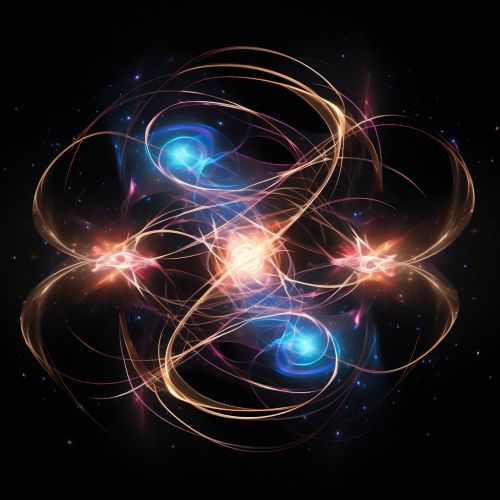

Quantum correlations refer to the statistical correlations between the states of two or more quantum systems that have interacted with each other. In quantum imaging, these correlations can be used to improve image resolution and sensitivity. For example, in quantum ghost imaging, a type of quantum imaging technique, pairs of entangled photons are used to create an image of an object. One photon in the pair is sent towards the object, while the other is sent to a detector. The detector can then use the information about the detected photon to infer the properties of the object, even though it never interacted with the object directly.
Quantum entanglement, a phenomenon unique to quantum mechanics, is another key principle used in quantum imaging. When two particles are entangled, the state of one particle is instantaneously connected to the state of the other, no matter how far apart they are. This property can be used in quantum imaging to improve image resolution and sensitivity. For instance, in entanglement-based imaging, pairs of entangled photons are used to create an image of an object. The entangled photons can provide more information about the object than classical light, leading to images with higher resolution and greater detail.
Applications of Quantum Imaging
Quantum imaging techniques have a wide range of applications, from medical imaging to remote sensing and surveillance.
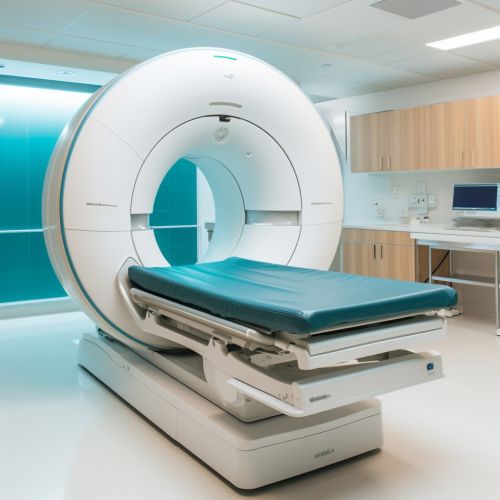

In medical imaging, quantum imaging can be used to improve the resolution and sensitivity of imaging techniques, such as magnetic resonance imaging (MRI) and computed tomography (CT). For example, quantum illumination can enhance the detection of weak signals in noisy environments, making it possible to detect small tumors or other abnormalities that might be missed by traditional imaging techniques.
In remote sensing, quantum imaging can provide high-resolution images of objects that are far away or obscured by atmospheric conditions. For example, quantum radar, a type of quantum imaging technique, can use entangled photons to detect and image objects at long distances, even in foggy or cloudy conditions.
In surveillance, quantum imaging can be used to detect and image objects in low-light conditions or through obstacles. For example, quantum ghost imaging can create images of objects that are hidden or obscured, using pairs of entangled photons.
Future Directions
The field of quantum imaging is still in its early stages, and there is much to explore and discover. Future research in this field may lead to the development of new quantum imaging techniques and applications, as well as a deeper understanding of the quantum mechanics underlying these techniques.
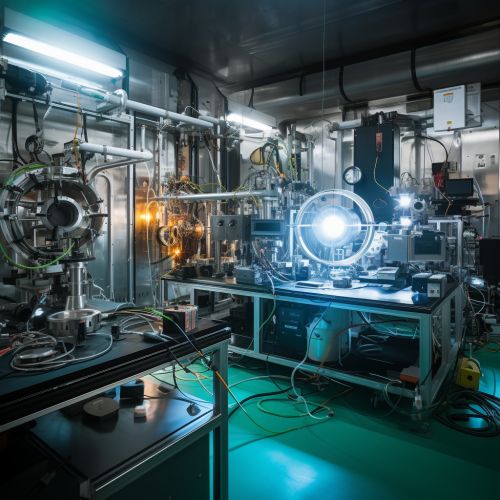

One promising area of research is the use of quantum imaging in biomedical applications. Quantum imaging techniques could potentially be used to image biological tissues at a molecular level, providing new insights into the structure and function of biological systems. This could lead to breakthroughs in disease diagnosis and treatment.
Another exciting area of research is the development of quantum imaging systems that can operate in real-world conditions. Many current quantum imaging techniques require highly controlled laboratory conditions, limiting their practical applications. Developing robust quantum imaging systems that can operate in diverse environments could open up new possibilities for remote sensing, surveillance, and other applications.
